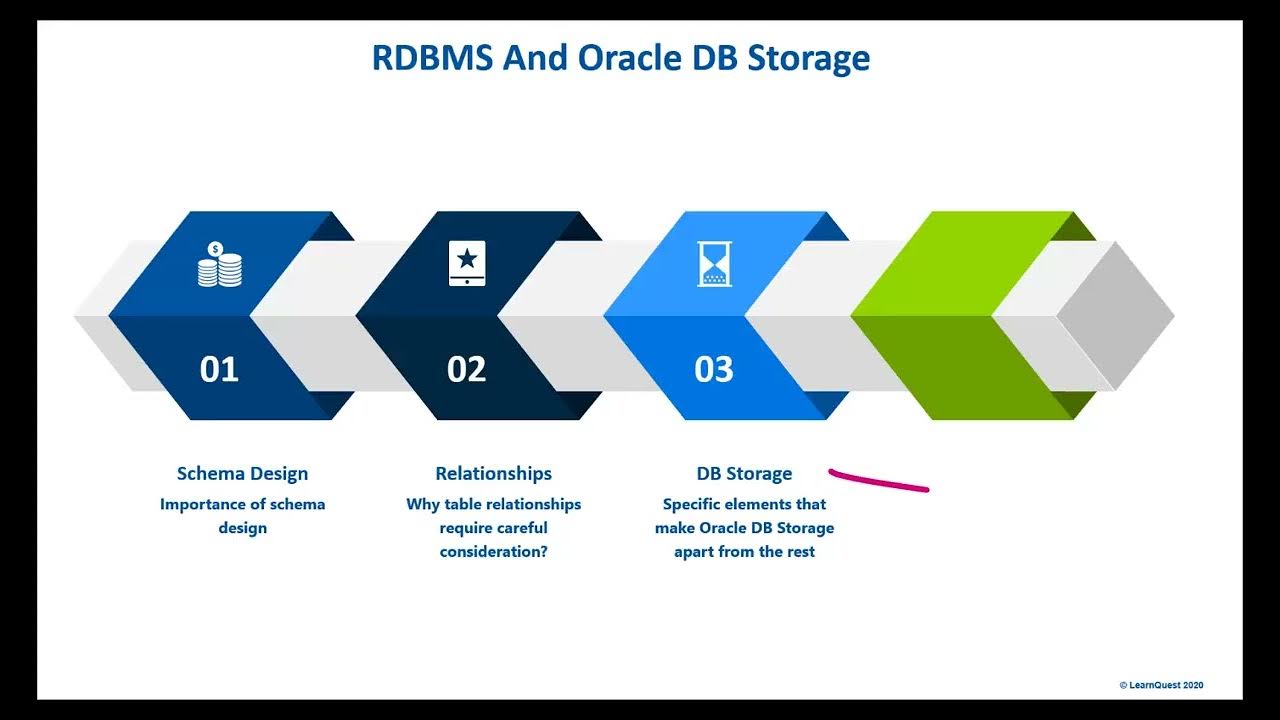Model Perancangan Kardinalitas ERD Database Halodoc
Summary
TLDRGroup 3 presents the 'Halodok' health application, focusing on its database design and entity relationships. The app allows users to access healthcare services digitally, including consultations and medical records. The presentation explains the structure of the database, detailing entities like Patients, Doctors, Medical Records, Payments, and Prescriptions, as well as their relationships. Key aspects such as primary and foreign keys in the database tables are also highlighted. In conclusion, Halodok enables efficient health tracking and supports healthcare professionals in diagnosis, providing long-term health management for users.
Takeaways
- 😀 Halodok is a digital health application designed to facilitate users' access to healthcare services remotely.
- 😀 Users can perform various activities within the app, including consultations and accessing necessary medical information.
- 😀 The database design for Halodok involves an Entity-Relationship Diagram (ERD) to map out relationships between key entities.
- 😀 The core entities in the database are 'Patient', 'Payment', 'Doctor', 'Medical Record', and 'Prescription'.
- 😀 A 'Patient' entity contains attributes such as email, birthdate, gender, patient ID, and contact details.
- 😀 A key relationship is between 'Patient' and 'Payment', where a patient makes a payment before receiving medical consultation (One-to-One).
- 😀 The 'Doctor' entity includes attributes like doctor ID, specialization, and medical license, and relates to 'Patient' (One-to-Many).
- 😀 'Medical Record' is linked to both the 'Doctor' and 'Patient' entities, containing details like results, record ID, and dates.
- 😀 Each 'Medical Record' leads to the creation of one 'Prescription', establishing a One-to-One relationship between these entities.
- 😀 Relational tables for the database structure include primary and foreign keys to maintain data integrity across entities.
- 😀 The overall system ensures that users can track their medical history, providing an essential tool for long-term health management.
Q & A
What is the main purpose of the 'Halodok' application?
-The main purpose of the 'Halodok' application is to provide digital healthcare services, allowing users to access consultations, track health data, and manage their health without visiting healthcare facilities directly.
Who are the members of the presentation team, and what are their roles?
-The presentation team consists of three members: the moderator (unnamed), Istikamah (NIM: g1f02312), who is the first speaker explaining the ERD, and EV Septiani (NIM: g1f023132), who explains the relational tables.
How does the patient interact with the application before seeing a doctor?
-Before seeing a doctor, a patient must first make a payment through the application, which is required for accessing medical consultation services.
What are the key entities in the 'Halodok' database design?
-The key entities in the 'Halodok' database design include 'Pasien' (Patient), 'Pembayaran' (Payment), 'Dokter' (Doctor), 'Rekam Medis' (Medical Record), and 'Resep Obat' (Prescription).
What is the relationship between the 'Pasien' and 'Pembayaran' entities?
-The relationship between 'Pasien' (Patient) and 'Pembayaran' (Payment) is one-to-one, meaning each patient can make only one payment for each consultation.
How are 'Dokter' (Doctor) and 'Pasien' (Patient) related in the database?
-The relationship between 'Dokter' (Doctor) and 'Pasien' (Patient) is one-to-many, meaning one doctor can have many patients for consultations.
What attributes are included in the 'Pasien' (Patient) entity?
-The 'Pasien' (Patient) entity includes attributes such as Email, Birth Date, Gender, Patient ID, Name, Address, and Phone Number.
What is the purpose of the 'Rekam Medis' (Medical Record) entity in the system?
-The 'Rekam Medis' (Medical Record) entity stores the details of the patient's health records, including results from consultations and medical history, and is linked to both doctors and prescriptions.
How does the relationship between 'Rekam Medis' and 'Resep Obat' (Prescription) work?
-The relationship between 'Rekam Medis' (Medical Record) and 'Resep Obat' (Prescription) is one-to-one, meaning each medical record results in exactly one prescription.
What are the primary and foreign keys in the 'Rekam Medis' and 'Resep Obat' tables?
-In the 'Rekam Medis' table, the primary key is 'ID Rekam Medis,' with 'ID Pasien' and 'ID Dokter' as foreign keys. In the 'Resep Obat' table, the primary key is 'ID Resep Obat,' with 'ID Pasien,' 'ID Dokter,' and 'ID Rekam Medis' as foreign keys.
Outlines

このセクションは有料ユーザー限定です。 アクセスするには、アップグレードをお願いします。
今すぐアップグレードMindmap

このセクションは有料ユーザー限定です。 アクセスするには、アップグレードをお願いします。
今すぐアップグレードKeywords

このセクションは有料ユーザー限定です。 アクセスするには、アップグレードをお願いします。
今すぐアップグレードHighlights

このセクションは有料ユーザー限定です。 アクセスするには、アップグレードをお願いします。
今すぐアップグレードTranscripts

このセクションは有料ユーザー限定です。 アクセスするには、アップグレードをお願いします。
今すぐアップグレード関連動画をさらに表示

Modellierung von Datenbanken - Erstellung eines ERM

Lecture 6: Designing the ER Model of FACEBOOK Database || DBMS for Placements

[BGD02B-ID] Entity Relationship (ER) Modelling

Banco de Dados - Aula 13

What You Will Learn in Module 4

Extended ER Features || Generalization || Specialization || Aggregation || DBMS
5.0 / 5 (0 votes)
